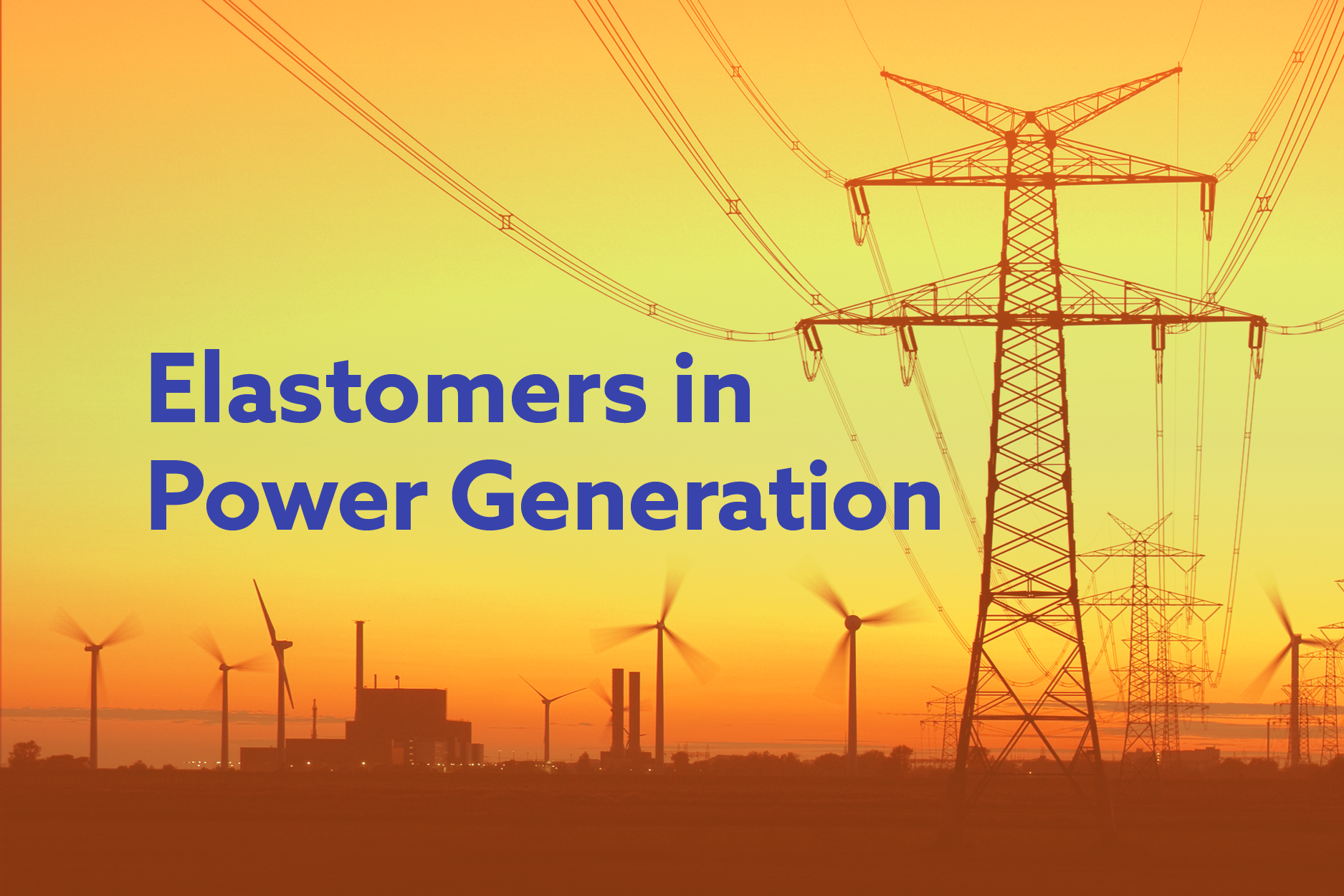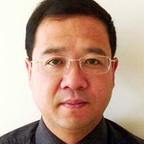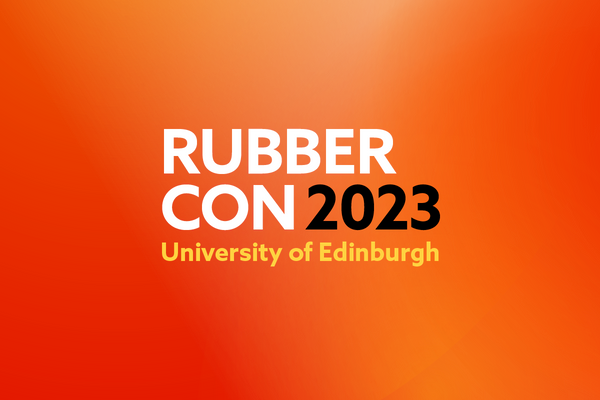Elastomers in Power Generation

This event will specifically discuss and address state-of-the-art in the emerging sectors of flexible materials-based energy generators.
IOM3EG’s ATDM series is the main platform for the technical and scientific community in the UK to discuss the use of rubber and elastomers materials. Utilising elastomeric materials in energy generation will be of interest to a broad range of the IOM3 membership.
This hybrid seminar will focus on the use of elastomers and elastomeric-like materials for Generation of Clean and Green Energy. Flexible membrane-based energy harvesters from ambient motions (e.g. wave, tidal, water current, vibration or any other motions) are emerging technologies that demonstrated great potentials for generating low carbon renewable energy. The technologies could be game-changers to meet the Net Zero target in the energy sectors, particularly in the UK. A couple of SMEs and large-scale companies were already emerged in the last decade that deal with flexible energy generators made of rubber-like materials. However, the sectors have been facing challenges ranging from novel chemical formulations of rubber-like materials to innovative designs of novel flexible-energy harvesters.
3 take-away benefits for participants attending this event:
1. Overview on the Emerging sector of flexible materials-based energy generators
2. Desired elastomeric properties for energy harvesting materials
3. Designs, experimental and computational challenges of elastomers-based energy generators
Converting Wave Energy with Dielectric Elastomers: issues, results and perspectives - Prof Giacomo Moretti
Sea waves are an extraordinarily abundant source of renewable energy, which is still largely untapped because of the high technical complexity of operating traditional electromechanical and hydraulic power take-off (PTO) systems at sea. In this context, dielectric elastomers (DEs), a class of largely available rubber-like materials, might offer a disruptive opportunity, as they might allow developing radically new concepts of wave energy converters (WECs).
DEs can be used to build electrostatic energy harvesters, called DE generators (DEGs), which exploit deformation-driven capacitance variations to convert mechanical energy into electricity. Compared to traditional PTOs, DEGs are potentially cheaper, have no rigid mobile parts, and feature conversion efficiency that is virtually independent of the operating frequency.
This presentation reviews the outcomes of a research initiated a decade ago by a consortium of European research groups in the framework of EU project PolyWEC, and then advanced through a set of follow-up initiatives. By bringing together expertise from both the wave energy and the DE communities, the group went through the various phases of WEC-DEG devices development, from concept generation up until wave tank and field testing of scaled prototypes.
The presentation will introduce the operating principle of DEGs and the material requirements for WEC PTO systems design, it will describe topologies of DEG PTO identified as the most promising for future WECs deployment, and their application on different WEC architectures. An overview of the results obtained so far and a reflection on current technological state and future challenges for DEGs will be eventually drawn.
Energy harvesting using dielectric elastomer - Dr Daniil Yurchenko
Vibration energy harvesting, started as a separate research topic about twenty years ago, remains an important topic, aiming to develop alternative power sources for low-consumption electronics, sensors and sensors networks. Amid a number of energy transduction mechanisms, dielectric elastomer generators (DEGs) demonstrate great potential due to their relative high power density when used for vibration energy harvesting. This presentation is focused on several designs of nonlinear dynamical systems, which can efficiently implement vibration energy harvesting. One of them is a dynamic system with a cylinder and an inner ball to harvest the stochastic vibration energy. Both sides of the cylinder are fitted with dielectric elastomer membranes, which are sandwiched with compliant electrodes under biased voltage. The kinetic energy of the ball is transferred to the potential energy of the membrane at impacts, thus resulting in the membrane deformations and the variation of the relevant capacitance, leading to energy harvesting. Material tests are conducted first to obtain the properties of the membranes to validate the numerical model. The complex dynamic behavior of the system under the harmonic excitation is discussed. Other concepts for energy harvesting are also presented and their implementation in real life applications is discussed.
Is the Anaconda wave energy device the ultimate rubber engineering challenge? – Dr Andrea Bucchi
IOM3 Elastomer Group's Afternoon Technical Discussion Meeting (ATDM) is the main platform for the technical and scientific community in the UK to discuss the use of rubber and elastomers materials. Utilising elastomeric materials under these types of extreme condition will be of interest to a broad range of the IOM3 membership.












